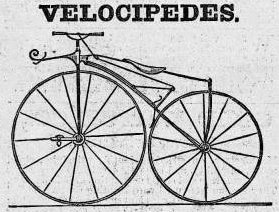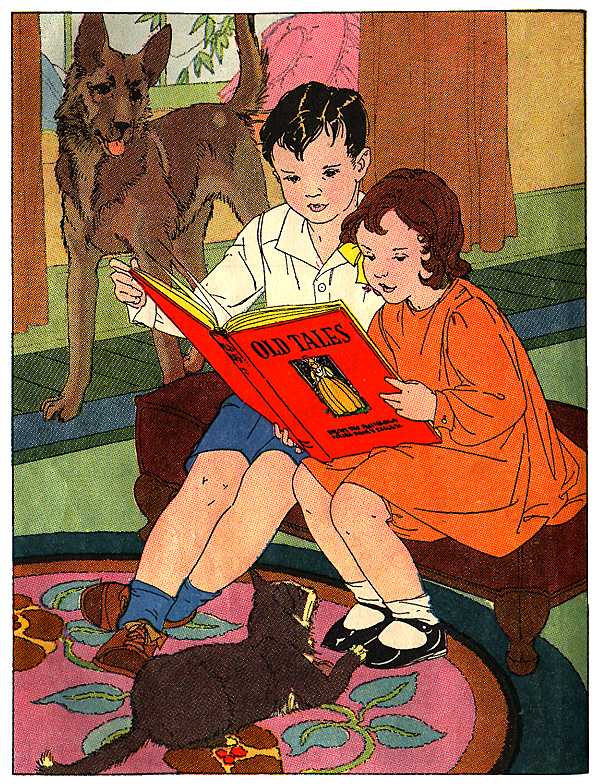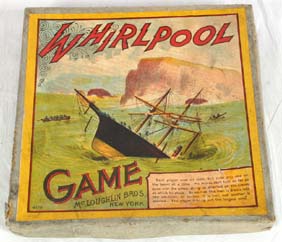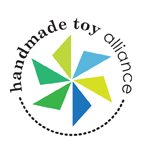Losses are mounting and anger rising in the world of youth minibikes and powersports, where CPSIA has kept an entire industry shut down for more than a month now, as dealers sit on $100-million-plus inventories now rendered unlawful to sell.  On Sunday the Minneapolis Star-Tribune ran a substantial piece on the CPSIA debacle which focused on motorsports (while also mentioning in passing such disaster areas as thrift stores and kids’ books). The rising outcry is putting Minnesota Democratic Sen. Amy Klobuchar on the hot seat: after taking a prominent role as co-sponsor of the law, she now blames the Consumer Product Safety Commission for the way it’s working out in practice. Aside from the general popularity of kids’ motorsports in Minnesota, ATV manufacturer Polaris, whose Outlaw 50 model was suddenly banned, is headquartered in that state.
On Sunday the Minneapolis Star-Tribune ran a substantial piece on the CPSIA debacle which focused on motorsports (while also mentioning in passing such disaster areas as thrift stores and kids’ books). The rising outcry is putting Minnesota Democratic Sen. Amy Klobuchar on the hot seat: after taking a prominent role as co-sponsor of the law, she now blames the Consumer Product Safety Commission for the way it’s working out in practice. Aside from the general popularity of kids’ motorsports in Minnesota, ATV manufacturer Polaris, whose Outlaw 50 model was suddenly banned, is headquartered in that state.
On Wednesday the CPSC confirmed that (per its lawyers’ advice) it was turning down an exemption for youth power vehicles, in that it could not certify what the law requires it to certify, namely that keeping them legal would not result in “any” absorption of lead by a person under 12, ever, or any other risk to public safety or health. Cycle News delves into the details here (with a funny picture) and here. Ryan Leyba at ESPN/FMX also surveys the situation in Congress — where they’re refusing to do anything and, like Klobuchar, blaming the CPSC’s lawyers — and quotes one dealer:
“Business was already slow, and now we’re just dead,” says Gus Saba, general manager of Corona Motorsports in Corona, California. “A lot of people want to get back into the sport [ATVs or dirtbikes] with their kids, and if they can’t buy a bike for their kid, they might not buy one for themselves, either. It’s a mess. We can’t order parts, we can’t service anything. We don’t know what’s going to happen; no one can put a timetable on it.”

Missouri is another state where the minibike community has been hard at work organizing, and the Associated Press, which in general has been a poor place to turn for news on CPSIA, covered the resulting rally in Jefferson City, in an article that got good national pickup. The Missouri House of Representatives has passed a resolution of support. And 2WheelTuesday offers “Stories of a Motocross Generation“: first-person responses to the ban.
Some miscellaneous CPSIA reading: Rick Woldenberg is introducing “our fabulous new Future World Collection of exciting educational materials for the post-CPSIA world. Our products will be lead-free and phthalates-free and in the case of most products, entirely play value-free.” The tongue-in-cheek “catalogue” can be seen here (PDF). At Politico, conservative columnist Hugh Hewitt blasts Congress for its inaction. The Hill covers the Washington wrangling. Punditry by the Pint says “it’s time to repeal this law.” And Scott Greenfield writes, “The Real Risk is the Loss of Childhood Happiness“.
P.S. CPSC has made available videos of its meetings with industry on bicycles and ATVs.

 This morning I was a guest on Cleveland’s
This morning I was a guest on Cleveland’s  in arms about” changing the law, and has kind words for a certain website that is “the single best place to track all its devastation”. At The New Criterion, Roger Kimball finds that the
in arms about” changing the law, and has kind words for a certain website that is “the single best place to track all its devastation”. At The New Criterion, Roger Kimball finds that the  government does stupid things sometimes without thinking”), and, slightly less recent,
government does stupid things sometimes without thinking”), and, slightly less recent, 






